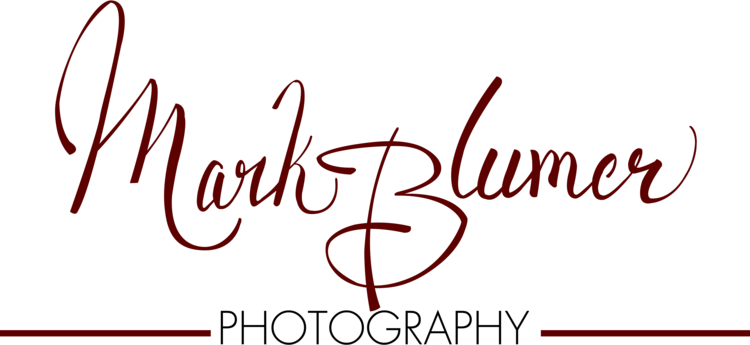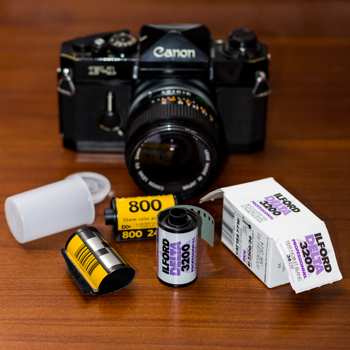My introduction to film photography
Last time I talked about my introduction to SLR photography. My very first foray into serious picture taking was with two rolls of color Fugi 200 film and a 1975 Canon F1 SLR. So why film then, and why film (sometimes) now?
From my first roll
At first, my use of film was merely a test. I had never used an SLR before. The old Canon Beast was the only one available to me, and the only one my father could teach me how to operate. I had been lusting after a Digital SLR for a while and I wanted to get somewhat of an idea of what I'd be getting into.
Note that all of the photos in this post were taken when I first began exploring photography. All were taken on film, save for the top picture.
When I opened up that first envelope of prints, I understood what everyone was talking about when they said they just liked the "look" or "feel" of film. I can't fully explain it; film just has a different look to it. It can be replicated in digital but that's beside the point. Of course, the grain is part of it. I didn't even really understand what grain was at the time, only having viewed digital images for the last eight or so years of my life. I recognized that the pictures had a kind of crispness and dimension that I was not familiar with coming from my Kodak Z760 point and shoot that I had given up on several years ago.
I am a child of the digital revolution. I had my first laptop when I was 10, my first digital camera at 12 (Kodak DX4350, more on this another time), my first iPod at 13, and I bought a first gen iPhone the minute I could afford one. I grew up in an up-to-date digital household and I love technology. It's pretty strange, then, that I immediately had such an attraction to this old, analog, and some would say inferior, format.
Of course I can't credit the film alone. Like I said before, this was also the first time I had experienced an SLR. They truly don't make them like they used to. There's a mechanical connection I feel when using a film SLR. Cocking the shutter, manually turning the shutter speed dial and aperture ring, looking through a big viewfinder, turning the smooth manual focusing ring until the image clears in the center focus point, recomposing and putting the subject right where I want it in the frame and, finally, clicking the shutter release and hearing the mirror flip up and down with a satisfying kk-chhk rather than an artificial facsimile coming out of a speaker. It is a totally unique experience.
You create an image at that point and do not just let the camera figure it all out--leaving you to just point and shoot. No. You have complete control. There is beautiful simplicity in what sounds like a complicated process. (Of course, it's really not--once you get the hang of it.)
My dog on Kodak Ektar 100
Film is truly incredible. My father is a chemist; I have always had a great appreciation for the work he does (even if I am not so gifted in the subject). While it's all well and good that we now have digital sensors which can take clean, sharp, images at iso 25,600, I don't think I'll ever have as much appreciation for that as for the chemists in the early 19th century who figured out how to attach silver-hallide crystals to a piece of celluloid in such a way that they could accurately record light. Of course, there were wet plate process photographers even before them!
I really learned about photography with film and I had a great time doing it. It allows you to not get so mired down in the spec-sheet black hole that so many photographers fall into these days. I encourage everyone to browse Craigslist or ask your parents or grandparents if they happen to have an old manual SLR lying around that you could borrow if you haven't shot film in awhile (or ever). I'm not saying every photographer should learn on film. It has its definite pros and cons. However, it is a lot of fun, can produce beautiful images and, I think most importantly, slow you down. When I compose a shot on film, I try to make it really count in the viewfinder. With digital we can sometimes get a bit lazy, snap 10 pictures, crop in post, and fix the exposure. All of this can be done with film as well, but it's a lot more satisfying (and cost effective!) to get it right in the camera the first time.
That's all for now. Much more on film in the future.

